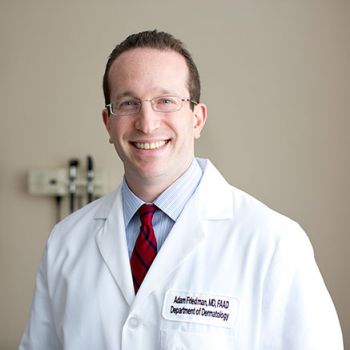
WASHINGTON (Aug. 24, 2015) — Future Science Group (FSG) today announced the publication of a special issue in Future Science OA, covering the rapidly evolving field of nitric oxide (NO) in human medicine.
Since the revelation in 1987 that NO was the elusive endothelium-derived relaxing factor, we have seen research rapidly expand, with new questions, limitations and controversies arising at a steady pace.
Adam J Friedman (George Washington School of Medicine and Health Sciences, USA) and Joel M Friedman (Albert Einstein College of Medicine, USA), Guest Editors of the issue, explained: “The world of NO biology and translational development is massive and expanding every day. The mission of this special issue is to, first, provide a practical and clinically oriented glimpse into how NO plays such a tremendous role in human biology and, second yet more importantly, review how we can capitalize on this information to impact medical/surgical care through the development of technologies designed to deliver this highly potent yet short-lived biomolecule in a meaningful way.”
The Future Science OA issue includes a series of reports written by experts at the cutting edge of the field, focusing on harnessing this important molecule. Beginning with an overview of the relevant chemical and physical properties of NO, the issue goes on to explore ongoing challenges in our understanding of its role and use in human health, such as quantification, delivery and generation. There follows a series of reports into specific disease areas, such as its cancer- and cardiovascular-related applications, among others.
“With the explosion we have seen in NO research looking to capture its impressive therapeutic potential, it is important to take a step back and take a look at the field as a whole,” noted Francesca Lake, Managing Editor. “We hope this issue will stimulate discussion and lead to further research, improving our understanding of how we can utilize this modest biomolecule”
Access the special issue in Future Science OA.
###
This Press Releases posted courtesy of the Future Science Group.


